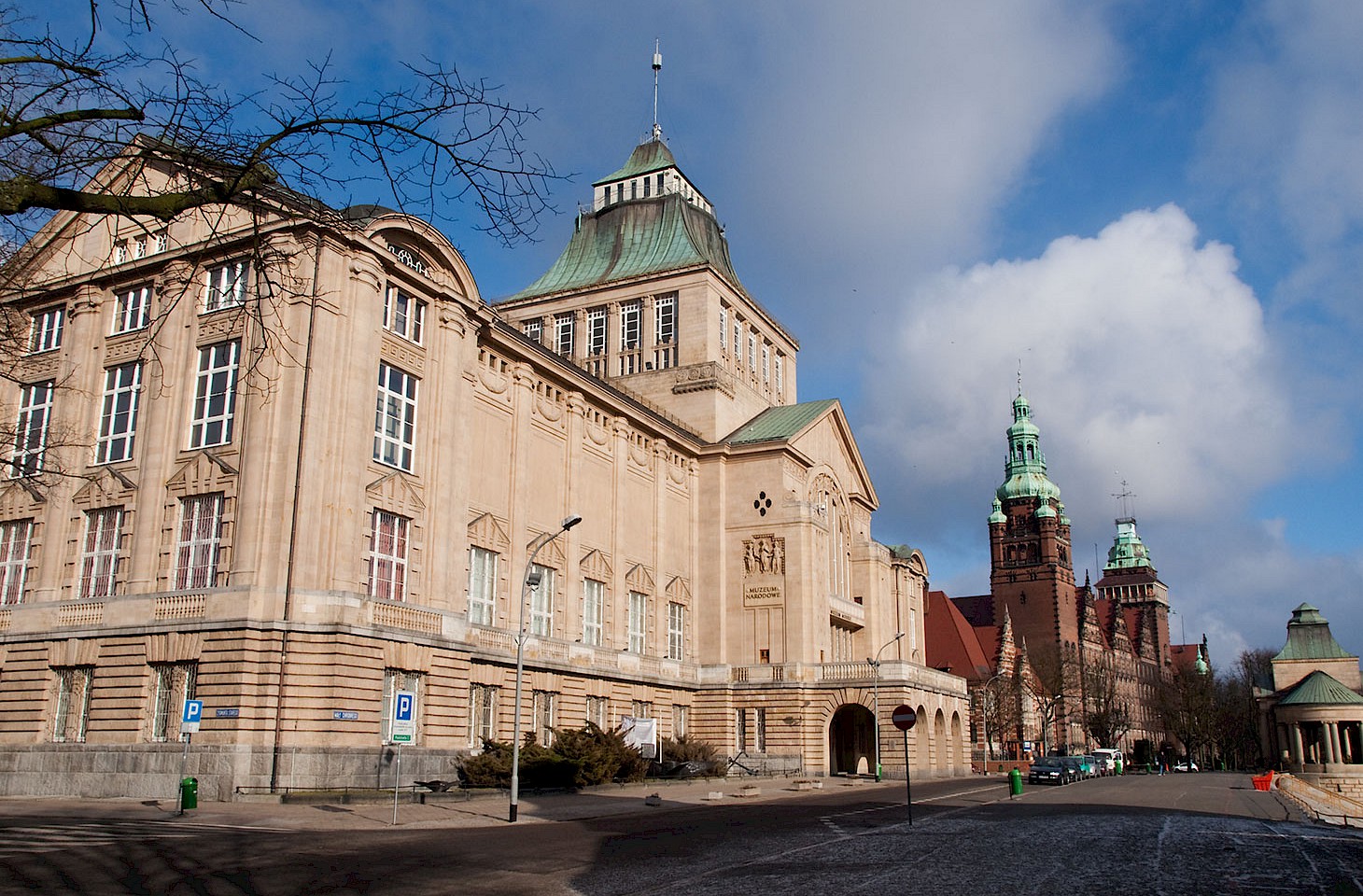Dear fellow travellers
Belgium's cities brim with evident charm. Be it Bruges, Antwerp or Brussels, cityscapes bubble with multicultural vitality. Few European countries have so consummately mastered the art of café life, with Brussels in particular having fabulous cafés that range from art nouveau decadence to modern minimalist chic.
Yet what of the suburbs? Few are those who linger in those parts of the city that lie beyond the regular tourist or business circuits. South of the Gare du Midi is another world, a Brussels that is palpably different from the Gothic extravaganza of the Grand Place. On the other side of the railway tracks is a Brussels that is less formal than the European Quarter, less ostentatious than the shops on Avenue Louise, less self conscious than the designers who pose around the Rue Antoine Dansaert.
Travellers arriving in the Belgian capital with the train from Paris or with Eurostar from London approach the city centre from the southwest, following the Zenne valley from Halle into Brussels. Amid the maze of railway sidings that signal the final approach into the Gare du Midi is the suburb of Anderlecht. This is Brussels' equivalent of London's Vauxhall, which also sits right by the Eurostar route - just a minute or two short of pulling into the sleek Eurostar terminal at Waterloo.
Yet it is the Vauxhalls and Anderlechts of Europe that better catch the pulse of their respective capitals than ever do the main tourist haunts: Trafalgar Square in London or the Grand Place in Brussels. We explored Vauxhall in hidden europe last November, and this past day or two we've been pacing the streets of Anderlecht in search of hidden Brussels.
Anderlecht: more than just footie
Anderlecht is a part of the capital with allotments, terrace houses and a famous football team. And more besides! There's a spot just by the railway line where the murky River Zenne, laden with detritus, takes a final gasp of air before disappearing underground for its journey under the capital. Have you ever noticed how curiously invisible the Zenne is in Brussels? For over a century, it has been channelled underground.
English visitors will find the streets in some parts of Anderlecht curiously redolent of home. It was a hundred years ago this year that a small initiative started in Anderlecht that was to have considerable repercussions in Belgian town planning. Reports from England told of the emerging garden city at Letchworth (just north of London), and Anderlecht resolved to emulate the approach to working class housing pioneered in England by Ebenezer Howard. It took a while for the plans to come to fruition, but by the early nineteen twenties Anderlecht had developed three classic garden suburbs in the Howardian mould, each dedicated to improving the conditions of working class families. Exploring the well kept avenues of the Cité-Jardin de la Roue is a lesson in social history, for many street names evince socialist pieties or triumph advances in workers rights. The rue des Huit Heures recalls the 1921 Belgian law that limited the normal working day to eight hours. Elsewhere visitors will find rue de la Solidarité and rue de l'Émancipation.
Anderlecht has some engagingly eccentric museums and other oddball sights that attract few foreign visitors. One of the most bizarre Anderlecht attractions is the Musée des égouts (Museum of the Sewers) which affords a chance to see just what happens to the Zenne after it dives underground. On Wednesdays, truly devoted explorers may join the city's sewage engineers for a hike through subterranean Brussels.
Elsewhere in Anderlecht, visitors will find an old béguinage, a period piece of a brewery (still functioning and warmly welcoming visitors), a museum that details the achievements of the Belgian Resistance in the Second World War and a deliciously curious museum about China. Anderlecht, it transpires, was a hub for the Ordre de Scheut, an order of missionaries who in the late nineteenth century set out to explore and document many areas of China.
Eurostar rumbles through Anderlecht in no more than a couple of minutes. Few travellers ever notice it. And yet this Brussels suburb - just like Vauxhall in London - turns out to be every bit as interesting as the city centre that overshadows it.
Nicky Gardner and Susanne Kries
(editors, hidden europe magazine)



